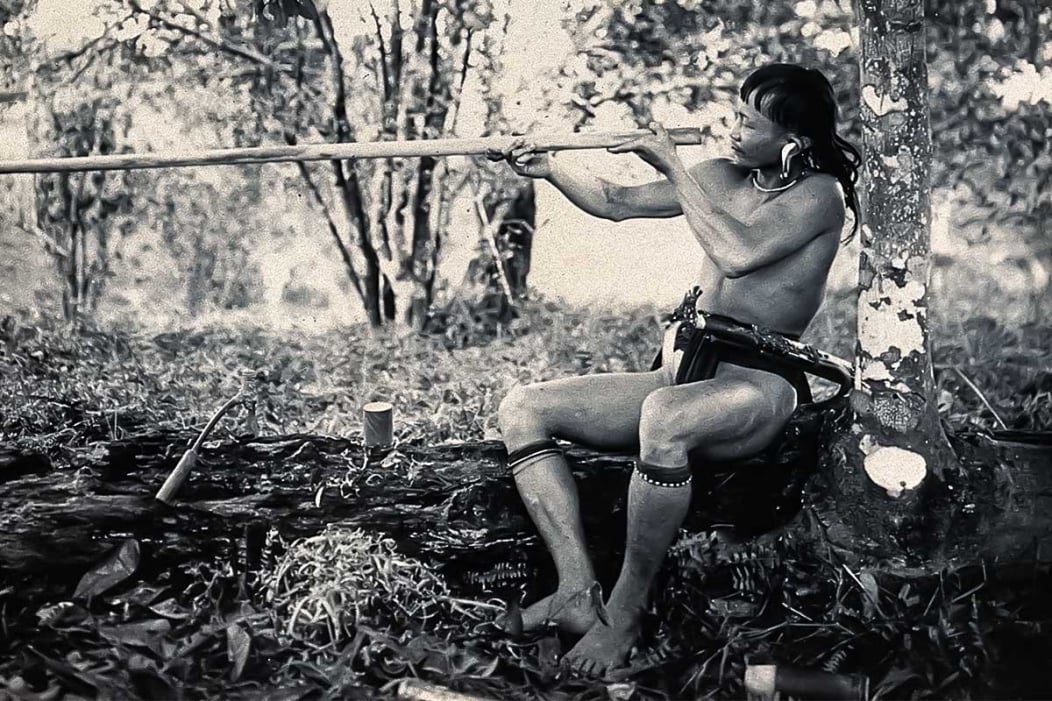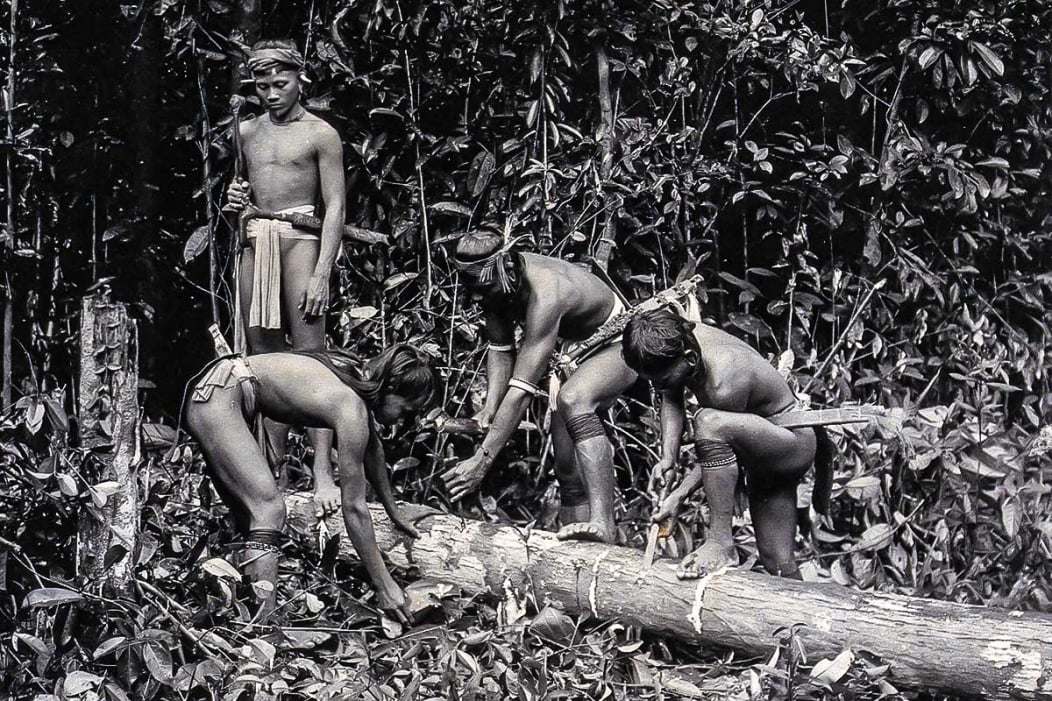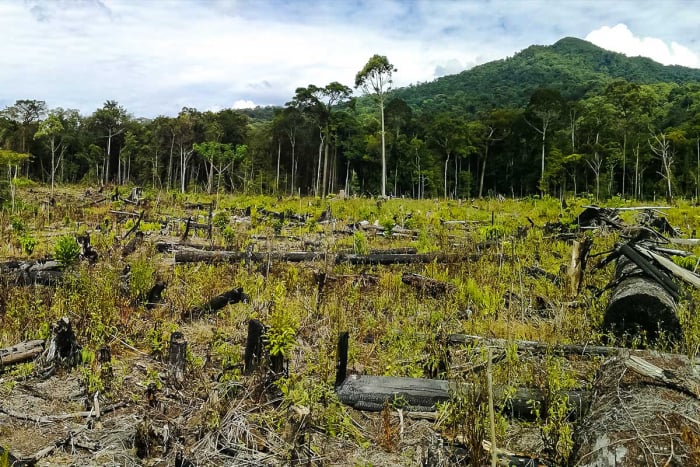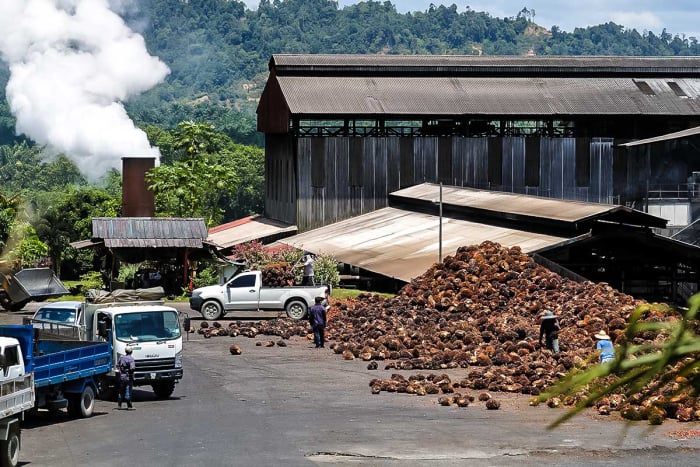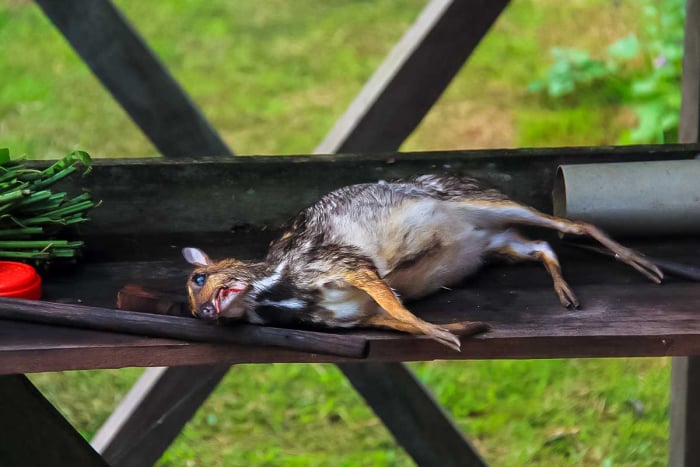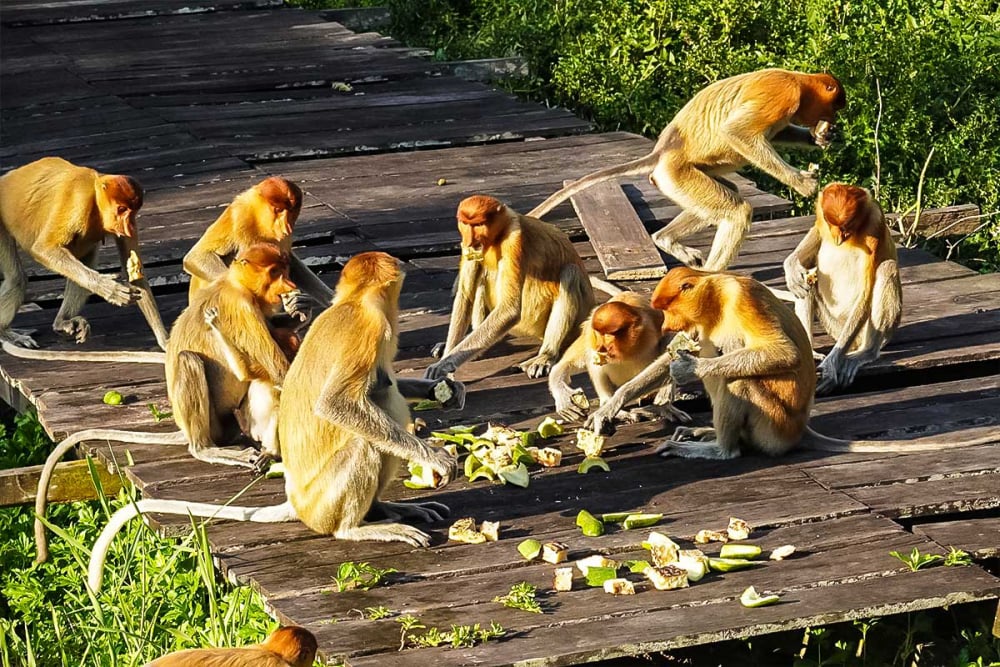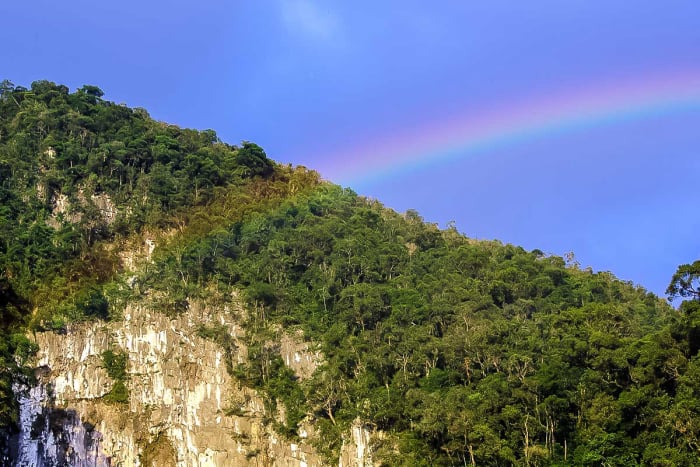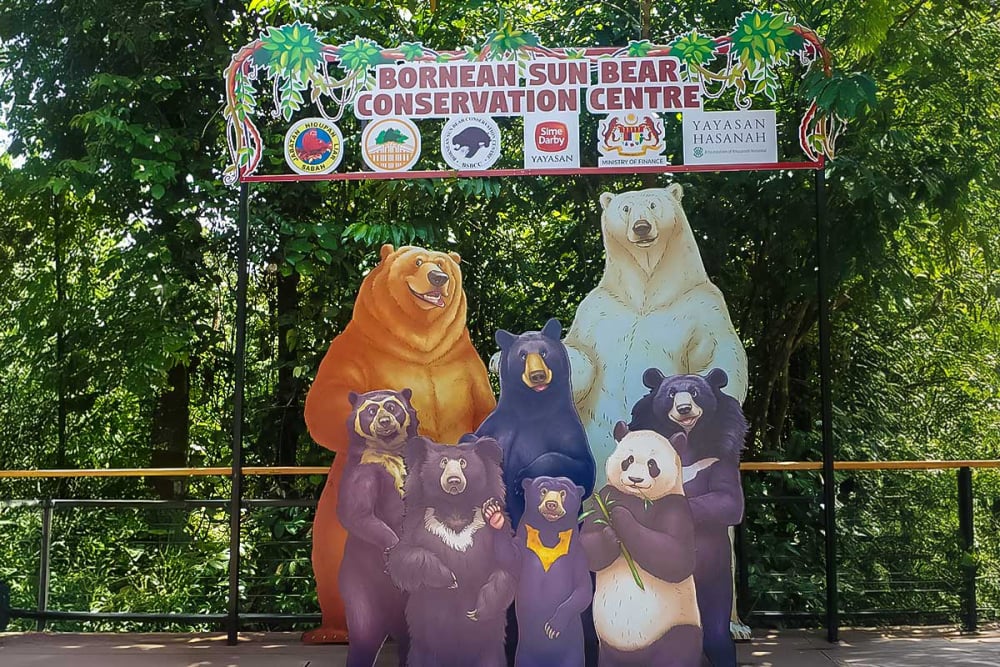Impact of global trade
The Industrial Revolution, which took place from the late 18th century to the early 19th century, completely changed the world’s operating models. Mechanized and industrialized production models allowed rubber from the Amazon Basin in South America, coffee from Africa, and black pepper from southern India to enter Borneo due to market demand. The development of a global trade network made it easier for products to circulate all over the world. The Malay and Iban peoples of Sarawak have been the most active ethnic groups in the cultivation of economically important crops. It goes without saying that, as a result, their economic situation has improved and they have more spending power. However, their culture and lifestyle have gradually undergone changes.
https://wellcomecollection.org/works/w9uxetw4
Licence: Public Domain Mark
Credit: Sarawak: four Kayan people collecting gutta percha from a tree trunk. Photograph.

